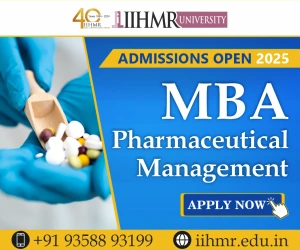 ABOUT AUTHOR:
ABOUT AUTHOR:
MR. Gunjegaonkar S.M.
Assistance Professor.
Dept. of Pharmacology JSPM’s Charak College of Pharmacy and Research, Wagholi, Pune, Maharashtra.
gunjeshiv@gmail.com
INTRODUCTION:
Standard operating procedures are integral part of all the pharmaceutical companies. To obtain the standard quality product intended for human and animal use, manufactured product must have gone through CGMP rules and regulations. Standard operating procedure is an also part of CGMP and GDP (Good documentation practices). Any process, procedure, activity being carried out at any time, at any step that has to perform according to SOP. Standard operating procedure must be written by a subject expert considering the GMP, working feasibility, accountability and authorized by authorized persons. In the face of a challenging regulatory environment, some leading Pharmaceutical companies have found ways to improve quality and costs significantly. To drive this kind of beneficial change, companies must first create a culture where quality objectives are transparent, well understood, and undoubtedly these goals can be achieved by following certain sets of procedures called as “Standard Operating Procedures” (SOP). Procedures are essential for any plant’s effectiveness and efficiency, and they are regulatory requirement in the Pharmaceutical Industry. A typical Pharmaceutical Industry has an average of 1200- 1300 SOPs. A Parenteral Drug Association (PDA) survey found that a typical pharmaceutical company must manage an average of 1250 CGMP-required SOPs and that the average maintenance burden is 15,000 h per firm.
[adsense:336x280:8701650588]



 About Authors:
About Authors:  ABOUT AUTHOR:
ABOUT AUTHOR: 







